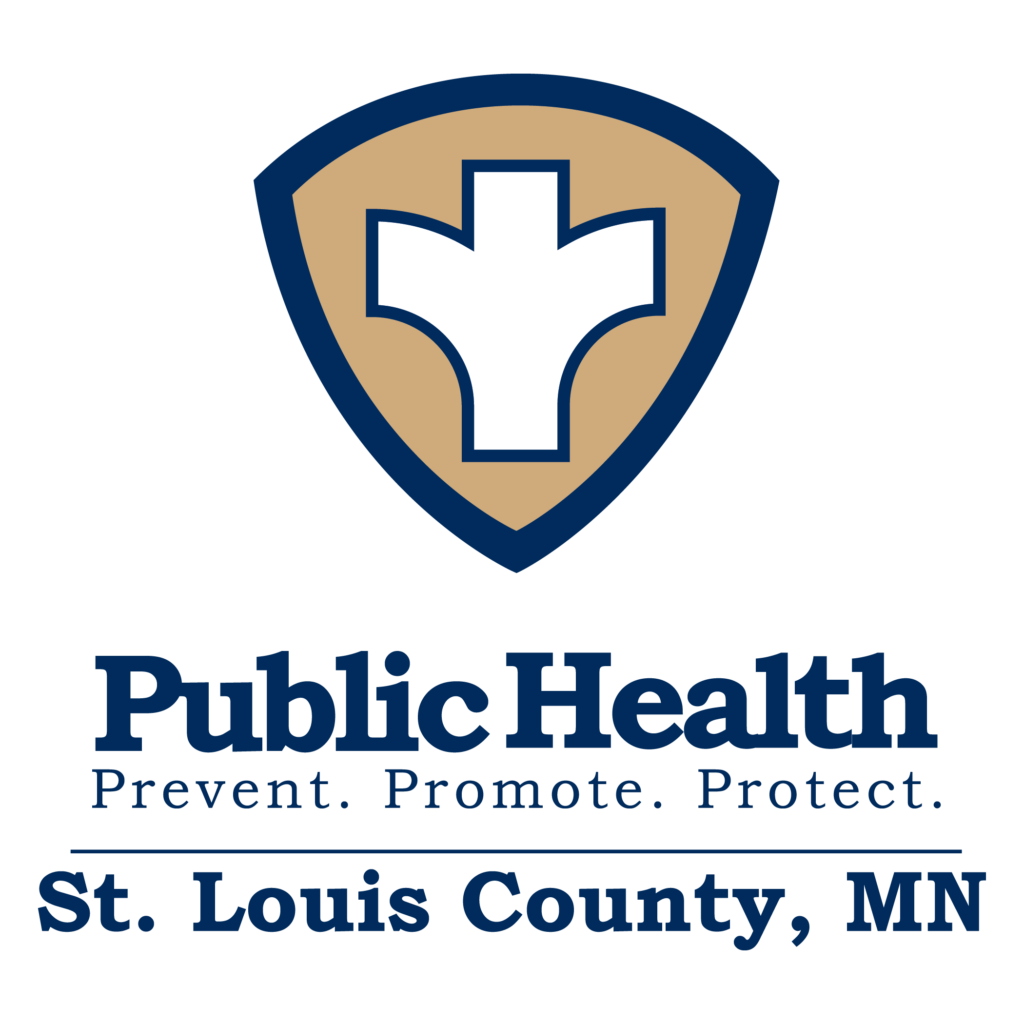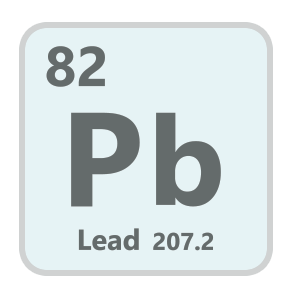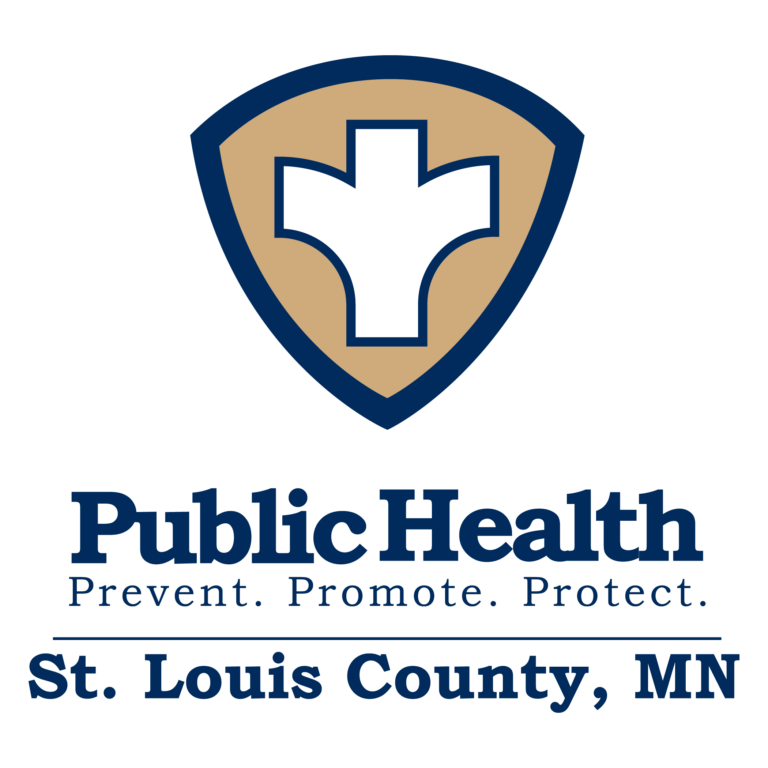Protect Your Family from Lead Paint Hazards
Did You Know?
Homes built before 1978 may contain lead paint, posing serious health risks to your family – especially young children. Learn how to identify lead paint, prevent exposure, and take action to ensure your home is safe.
Lead Lessons: Learn from the Experts
Hear directly from local contractors, scientists, public health professionals, and families in our short video series that covers everything you need to know about lead hazards, including:
- What is lead
- How to identify lead hazards
- How to protect your family from future exposure


Protect Your Family from Lead Paint Hazards
Did You Know?
Homes built before 1978 may contain lead paint, posing serious health risks to your family – especially young children. Learn how to identify lead paint, prevent exposure, and take action to ensure your home is safe.
Lead Lessons: Learn from the Experts
Hear directly from local contractors, scientists, public health professionals, and families in our short video series that covers everything you need to know about lead hazards, including:
- What is lead
- How to identify lead hazards
- How to protect your family from future exposure
LEARN FROM THE EXPERTS
Watch the videos below and share them with friends and family to spread awareness.
- Scientist
- Realtor
- Contractor
- The SWAB Team
- Parents
- Pediatrician
- Lead Risk Assessor
- Public Health Nurse
Scientist
Realtor
Jennifer Reyes, a realtor in St. Louis County, provides an inside scoop on what to ask your realtor or landlord before buying or renting a home to keep your family safe from lead exposure.
Contractor
The SWAB Team
Parents
Pediatrician
Lead Risk Assessor
Public Health Nurse
LEARN FROM THE EXPERTS
Watch the videos below and share them with friends and family to spread awareness.
- Scientist
- Realtor
- Contractor
- The SWAB Team
- Parents
- Pediatrician
- Lead Risk Assessor
- Public Health Nurse
Scientist
Realtor
Jennifer Reyes, a realtor in St. Louis County, provides an inside scoop on what to ask your realtor or landlord before buying or renting a home to keep your family safe from lead exposure.
Contractor
The SWAB Team
Parents
Pediatrician
Lead Risk Assessor
Public Health Nurse
LEARN FROM THE EXPERTS
Watch the videos below and share them with friends and family to spread awareness.
- Scientist
- Realtor
- Contractor
- The SWAB Team
- Parents
- Pediatrician
- Lead Risk Assessor
- Public Health Nurse
Scientist
Realtor
Jennifer Reyes, a realtor in St. Louis County, provides an inside scoop on what to ask your realtor or landlord before buying or renting a home to keep your family safe from lead exposure.
Contractor
The SWAB Team
Parents
Pediatrician
Lead Risk Assessor
Public Health Nurse

Why Lead Paint is Dangerous
Over time, paint can break down, potentially exposing lead to your environment. When disturbed, it can turn into tiny particles that can spread easily. Lead does not degrade or diminish in toxicity over time, making it very dangerous. Mobile children, ages 1 to 2 years old, are especially vulnerable.
- Cognitive Impairment
- Learning Difficulties
- Behavioral Issues
- Developmental Delay
- Irritability
- GI Symptoms
- Hearing Loss
- Seizures
- Low Hemoglobin Levels
- Sometimes, there may be no visible signs or symptoms.

Why Lead Paint is Dangerous
Over time, paint can break down, potentially exposing lead to your environment. When disturbed, it can turn into tiny particles that can spread easily. Lead does not degrade or diminish in toxicity over time, making it very dangerous. Mobile children, ages 1 to 2 years old, are especially vulnerable.
- Cognitive Impairment
- Learning Difficulties
- Behavioral Issues
- Developmental Delay
- Irritability
- GI Symptoms
- Hearing Loss
- Seizures
- Low Hemoglobin Levels
- Sometimes, there may be no visible signs or symptoms.
Common Source of Lead Paint Exposure
- Chipped or peeling paint, especially around trim, windows, and doors.
- Dust from renovations or routine cleaning in homes with lead paint.
- Soil contamination near older buildings where lead-based paint has been used.
- Water, pottery, antique toys, keys, imported spices, and imported cosmetics.
If you suspect your home has lead paint, it’s important to take precautions to protect your family.

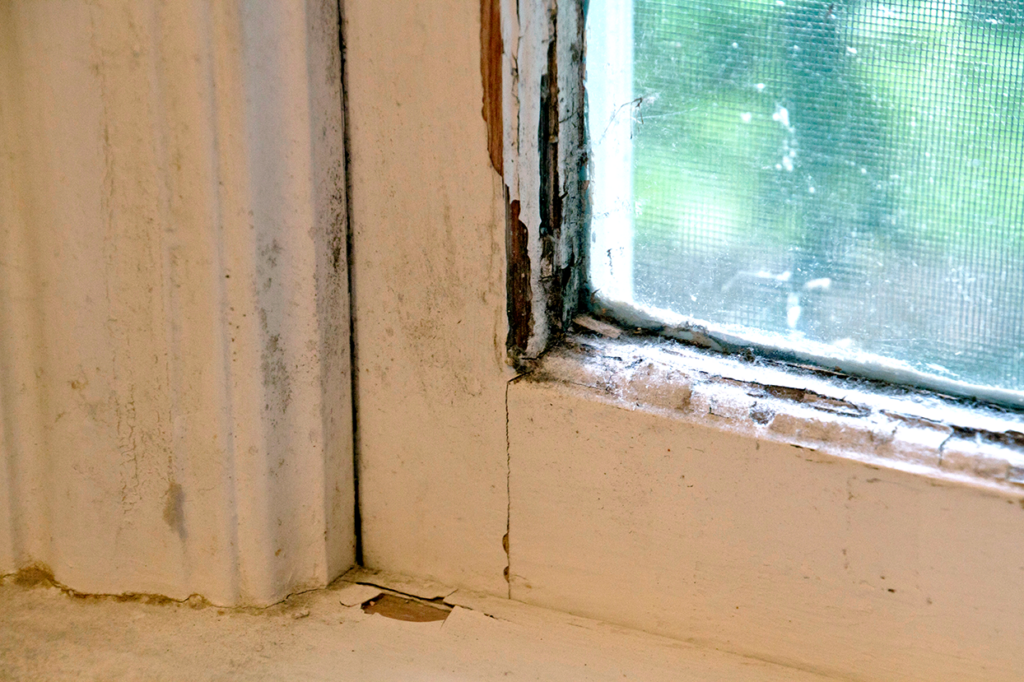
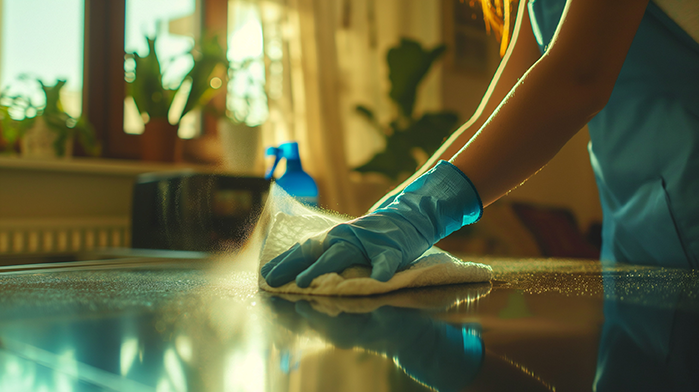
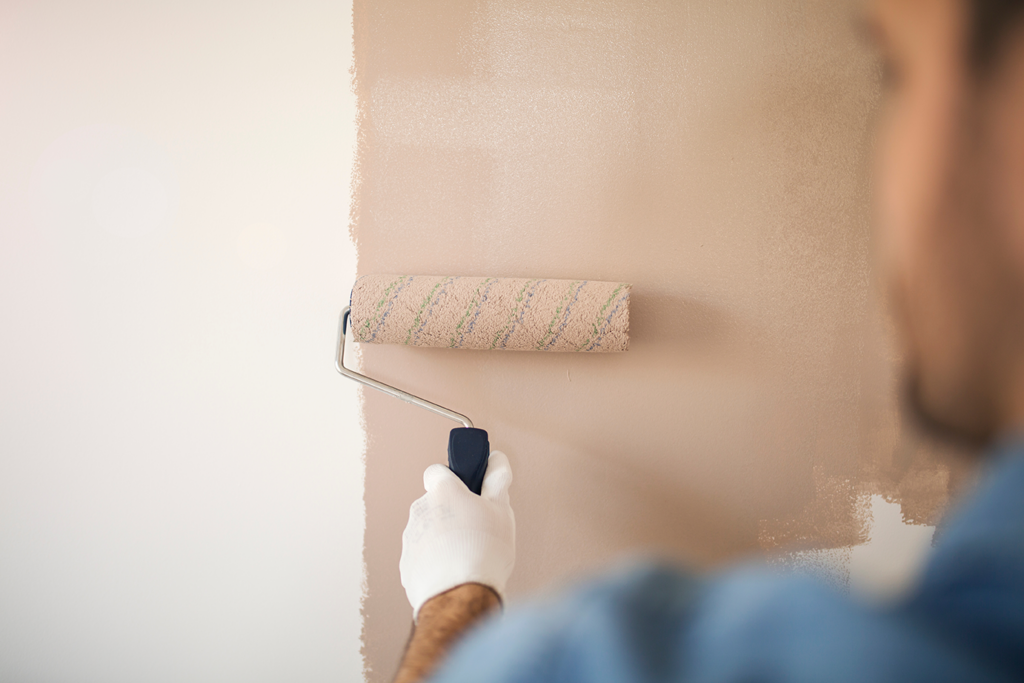
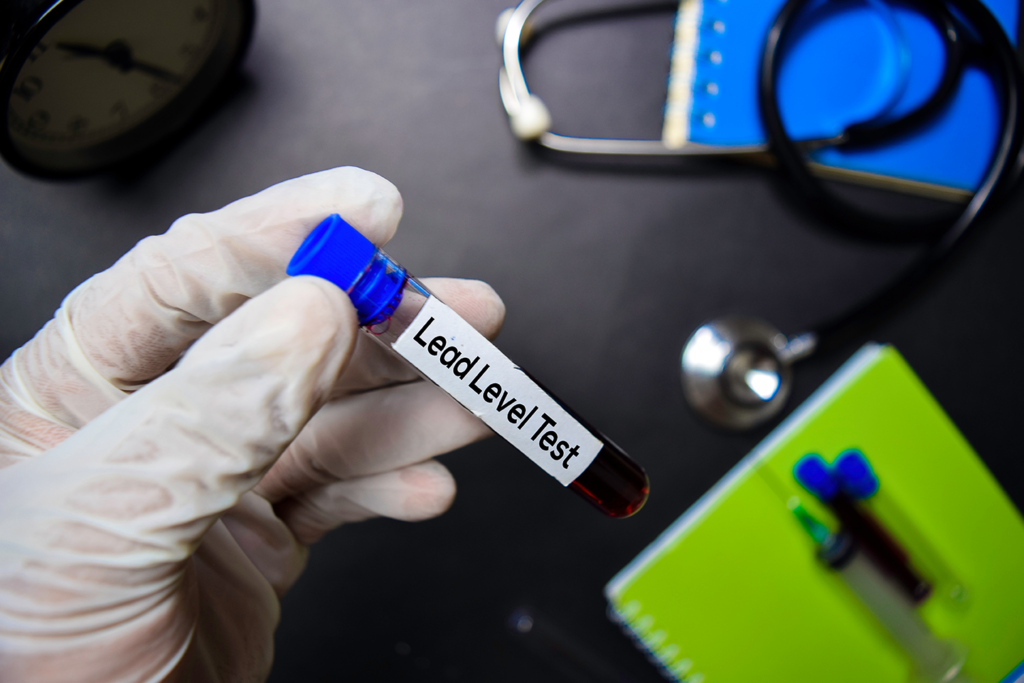
What You Can Do
- Check Your Home
Lead paint is not just a problem of the past. Many homes today still contain lead, even if it is hiding under new layers of paint. If your home was built before 1978, check for chipping, peeling, or cracking paint. Pay close attention to windows, doors, and trim. - Prevent Exposure
The only way to prevent lead exposure is to encapsulate or remove the lead hazard.
• Cover chipped paint with duct tape, contact paper, or repaint with safe materials.
• Clean regularly with dish soap and a damp disposable rag to reduce lead dust.
• When in doubt, assume your home has lead paint and take the necessary precautions to keep your family safe. - Get Tested
Children aged 1-2 should have a blood test from their pediatrician for lead exposure. This test is quick, easy, and essential for early detection. Adverse health effects can occur at lower concentrations. A blood lead test is the only way to know if your child has lead poisoning. If lead exposure is confirmed, the St. Louis County Public Health Department will reach out with the next steps.

What You Can Do
- Check Your Home
Lead paint is not just a problem of the past. Many homes today still contain lead, even if it is hiding under new layers of paint. If your home was built before 1978, check for chipping, peeling, or cracking paint. Pay close attention to windows, doors, and trim. - Prevent Exposure
The only way to prevent lead exposure is to encapsulate or remove the lead hazard.
• Cover chipped paint with duct tape, contact paper, or repaint with safe materials.
• Clean regularly with dish soap and a damp disposable rag to reduce lead dust.
• When in doubt, assume your home has lead paint and take the necessary precautions to keep your family safe. - Get Tested
Children aged 1-2 should have a blood test from their pediatrician for lead exposure. This test is quick, easy, and essential for early detection. Adverse health effects can occur at lower concentrations. A blood lead test is the only way to know if your child has lead poisoning. If lead exposure is confirmed, the St. Louis County Public Health Department will reach out with the next steps.
Checklist for Families
- Check for peeling or chipping paint.
- Clean frequently with damp disposable rags and dish soap to reduce dust.
- Cover areas with lead paint until they can be permanently fixed.
- Test your home for lead or schedule a lead paint inspection.
- Test children under 6 for lead exposure.
Checklist for Families
- Check for peeling or chipping paint.
- Clean frequently with damp disposable rags and dish soap to reduce dust.
- Cover areas with lead paint until they can be permanently fixed.
- Test your home for lead or schedule a lead paint inspection.
- Test children under 6 for lead exposure.
Lead Paint FAQ
A: In our area, lead-based paint is the most common source of lead exposure. If your home was built before 1978, it may contain lead. Other lead sources include soil, dust, water, pottery, keys, antique toys, imported spices, and imported cosmetics.
A: Homes built before 1978 are likely to have lead paint. Look for deteriorating paint or contact an expert for testing.
A: A simple finger poke blood test can detect elevated blood lead levels. Your health care provider, local health clinic, or Community Action Duluth can test your child’s blood for lead.
A: While damage from lead poisoning cannot always be reversed, early detection and intervention can prevent further exposure and help manage symptoms.
A: After a confirmed diagnosis of lead poisoning, St. Louis County will be notified and will contact you to arrange a home visit. A public health nurse and a state lead assessor will inspect the property and issue a lead order requiring the landlord or homeowner to make necessary repairs to eliminate the hazard.
Lead Paint FAQ
A: In our area, lead-based paint is the most common source of lead exposure. If your home was built before 1978, it may contain lead. Other lead sources include soil, dust, water, pottery, keys, antique toys, imported spices, and imported cosmetics.
A: Homes built before 1978 are likely to have lead paint. Look for deteriorating paint or contact an expert for testing.
A: A simple finger poke blood test can detect elevated blood lead levels. Your health care provider, local health clinic, or Community Action Duluth can test your child’s blood for lead.
A: While damage from lead poisoning cannot always be reversed, early detection and intervention can prevent further exposure and help manage symptoms.
A: After a confirmed diagnosis of lead poisoning, St. Louis County will be notified and will contact you to arrange a home visit. A public health nurse and a state lead assessor will inspect the property and issue a lead order requiring the landlord or homeowner to make necessary repairs to eliminate the hazard.
Resources
Minnesota Department of Health
Visit the Minnesota Department of Health website for more information on lead.
St. Louis County Public Health Office
Contact your nearest St. Louis County Public Health Office for more information and local resources.
Duluth (218) 725-5210
Ely (218) 365-8200
Hibbing (218) 312-8300
Virginia (218) 471-7600
Connect Families to Programs
St. Louis County Public Health can connect families to programs such as Help Me Grow, Follow Along, and SWAB to help monitor your child's development and provide any necessary repairs to your home.
Lead Test Home Kits
Lead Test Home Kits can be purchased at your local hardware store.
Appointment
Please schedule an appointment with your healthcare provider if you have additional concerns.
Resources
Minnesota Department of Health
Visit the Minnesota Department of Health website for more information on lead.
St. Louis County Public Health Office
Contact your nearest St. Louis County Public Health Office for more information and local resources.
Duluth (218) 725-5210
Ely (218) 365-8200
Hibbing (218) 312-8300
Virginia (218) 471-7600
Connect Families to Programs
St. Louis County Public Health can connect families to programs such as Help Me Grow, Follow Along, and SWAB to help monitor your child's development and provide any necessary repairs to your home.
Lead Test Home Kits
Lead Test Home Kits can be purchased at your local hardware store.
Appointment
Please schedule an appointment with your healthcare provider if you have additional concerns.
